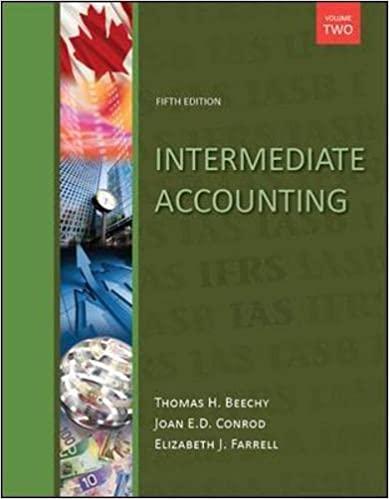Question
1. What does liquidity measure? Explain the trade-off a firm faces between high liquidity and low liquidity levels. 2. Why might the revenue and cost
1. What does liquidity measure? Explain the trade-off a firm faces between high liquidity and low liquidity levels.
2. Why might the revenue and cost figures shown on a standard income statement not be representative of the actual cash inflows and outflows that occurred during a period?
3. In preparing a balance sheet, why do you think standard accounting practice focuses on historical cost rather than market value?
4. In comparing accounting net income and operating cash fl ow, name two items you typically find in net income that are not in operating cash flow. Explain what each is and why it is excluded in operating cash flow.
5. Under standard accounting rules, it is possible for a company's liabilities to exceed its assets. When this occurs,
the owners' equity is negative. Can this happen with market values? Why or why not?
Step by Step Solution
There are 3 Steps involved in it
Step: 1

Get Instant Access to Expert-Tailored Solutions
See step-by-step solutions with expert insights and AI powered tools for academic success
Step: 2

Step: 3

Ace Your Homework with AI
Get the answers you need in no time with our AI-driven, step-by-step assistance
Get Started


